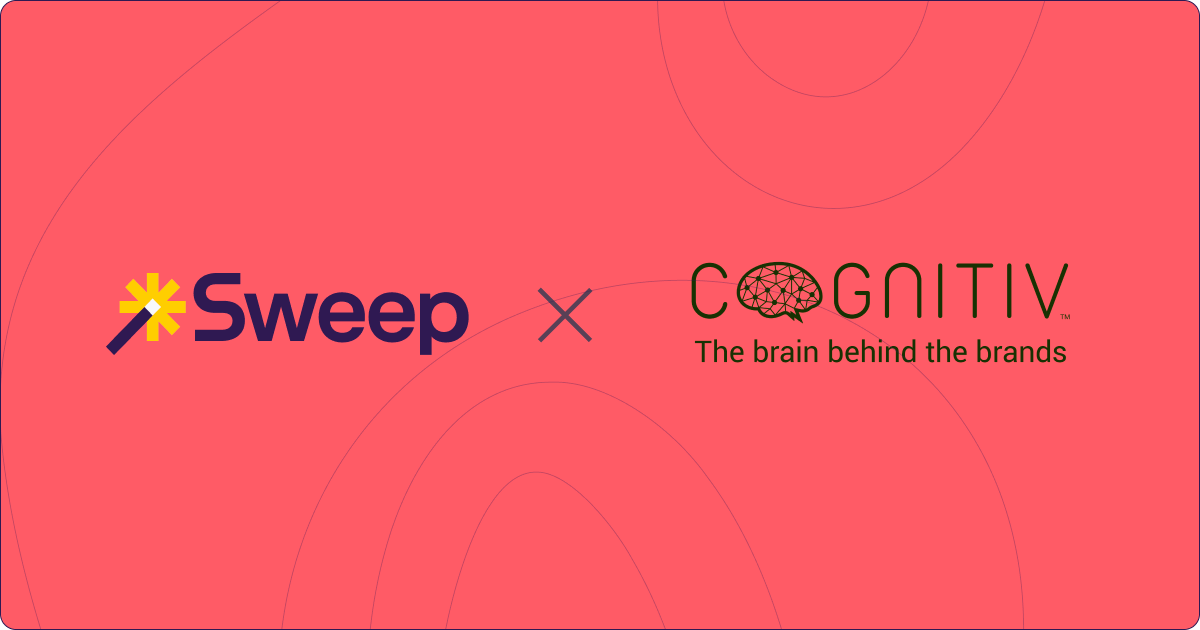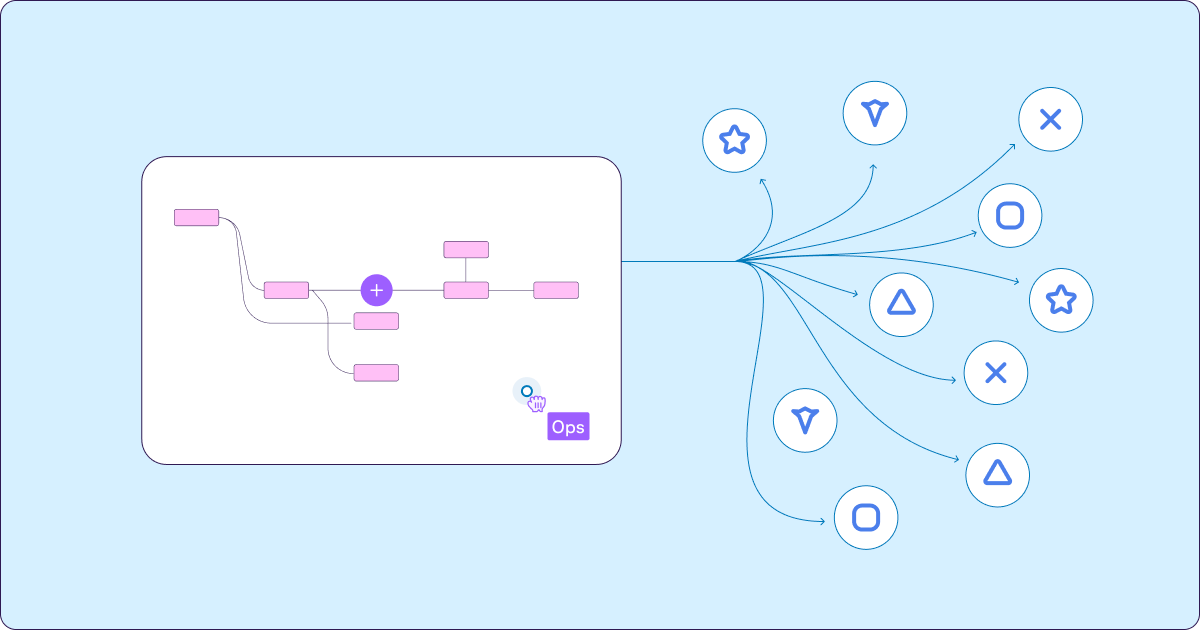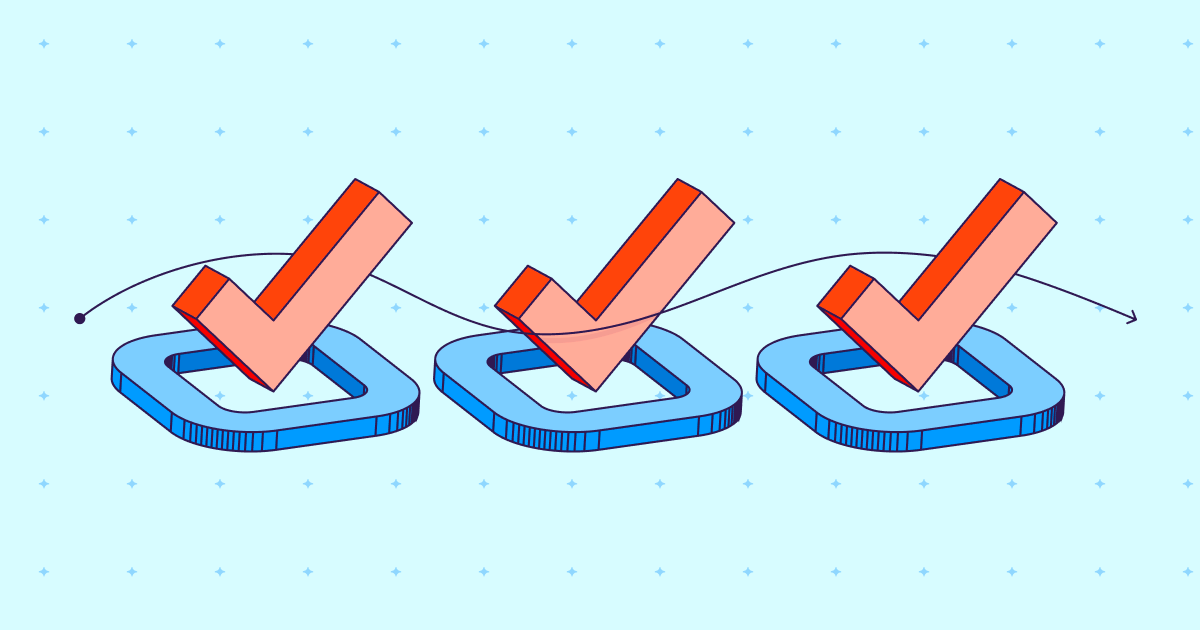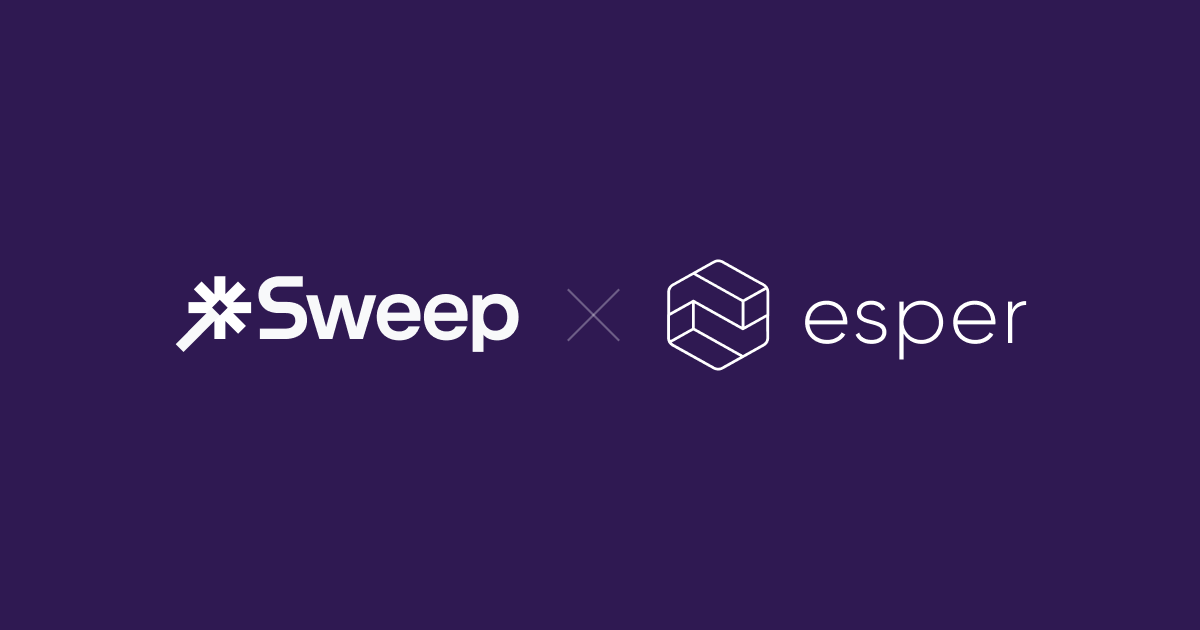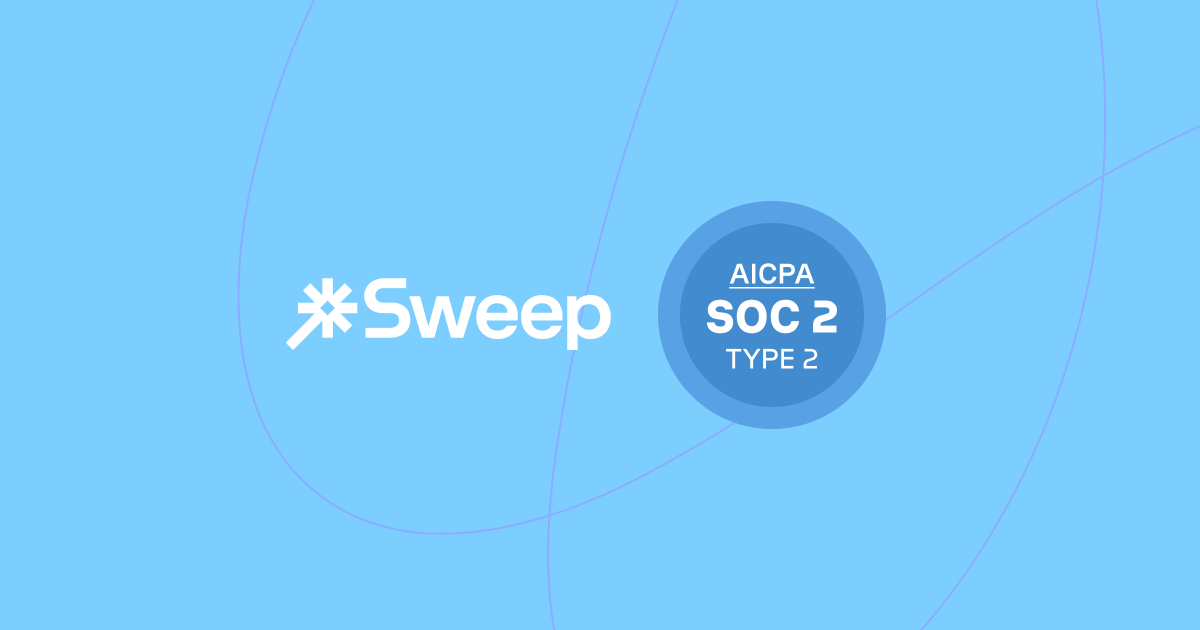

Revenue Operations (RevOps) teams are the backbone of a smooth-running go-to-market machine. As a result, these teams are often bombarded with requests for process improvements and bug fixes for their Salesforce instance. Given the team’s lack of bandwidth, these requests frequently pile up to become the Salesforce backlog.
A Salesforce backlog can be a good thing, holding ideas and tasks that could be valuable in the future. However, an unmanaged backlog can stall progress and hinder efficiency. RevOps and Salesforce teams should aim for a smooth workflow – prioritizing tasks, completing them efficiently, and constantly evaluating the backlog for relevance.
Here are some ways to effectively manage your backlog:
1. Dynamic Prioritization:
A well-oiled RevOps machine thrives on streamlined processes and clear direction. But how do you navigate a growing backlog when needs constantly evolve? The key lies in dynamic prioritization.
Regularly assess your backlog using frameworks like the Eisenhower Matrix or MoSCoW.
- The Eisenhower Matrix categorizes tasks based on urgency and importance (Urgent/Important, Urgent/Not Important, Not Urgent/Important, Not Urgent/Not Important). This helps identify high-impact tasks that demand immediate attention, like critical bug fixes impacting revenue generation.
- The MoSCoW method prioritizes features based on their necessity (Must-Have, Should-Have, Could-Have, Won't-Have). This ensures you focus on essential functionalities that directly affect sales performance before tackling "nice-to-have" features.
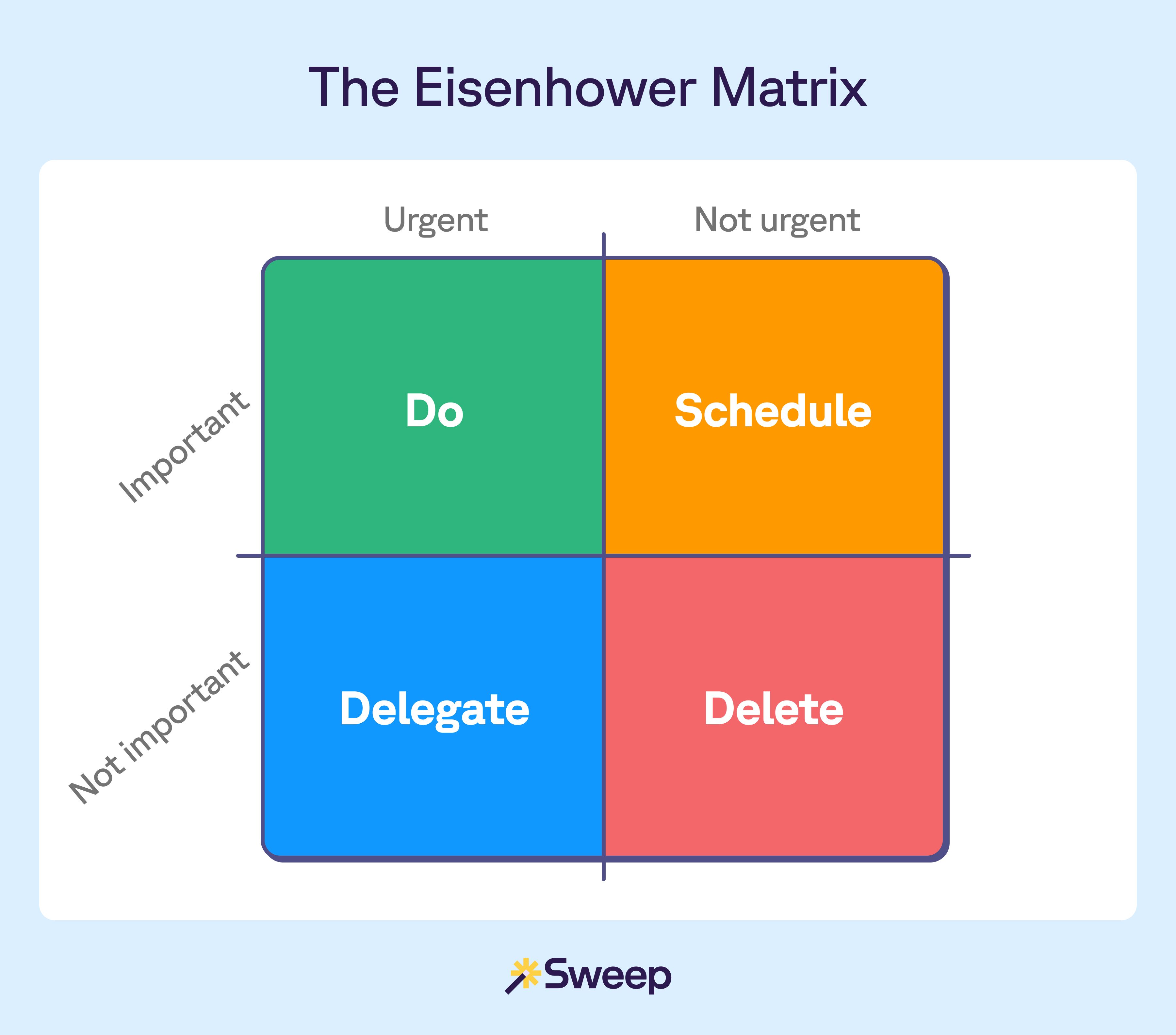
These frameworks empower revenue operations teams to re-prioritize tasks based on current needs and objectives. And as new priorities might emerge, some backlog items might be pushed further down the line.
2. Revisit and Refine your Backlog:
Schedule regular backlog reviews, ideally bi-weekly or monthly, depending on your team's workload. These reviews are not just about checking boxes – they are opportunities to:
- Assess progress on current tasks.
- Identify any roadblocks that might be slowing down completion.
- Re-evaluate the priorities of backlog items in light of evolving needs.
- Remove outdated items that no longer align with current goals. This prevents your team from wasting time on tasks that have become irrelevant.
3. Collaboration and Knowledge Sharing:
By fostering a collaborative environment and empowering your team members, you can not only tackle the backlog but also cultivate a culture of continuous improvement.
Team members bring their unique perspectives and expertise to the table. A Salesforce developer might identify a technical solution to a seemingly complex process bottleneck. A sales rep might highlight a data field that's crucial for accurate sales forecasting but missing from the current system. This collaborative brainstorming uncovers hidden solutions and fosters a sense of ownership over the backlog, as everyone contributes to its refinement.
Sweep’s visual canvas serves as a collaboration and knowledge sharing tool, where both business and technical stakeholders can align on the go-to-market process and business architecture built into Salesforce. Plus, you can leave comments directly on the business processes so users see your feedback with context.
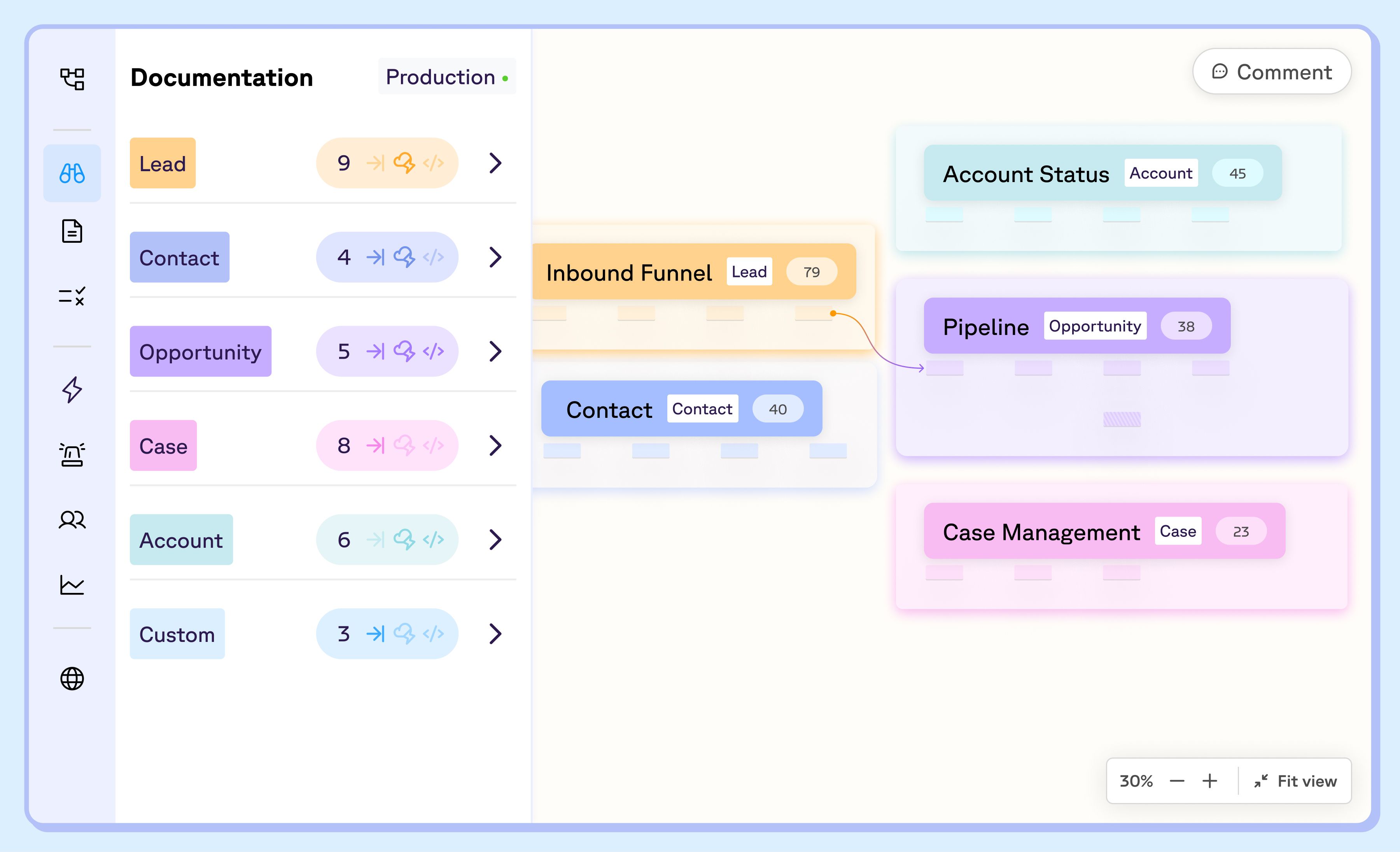
4. Streamlining Processes:
Even the most dedicated team can get bogged down by slow, cumbersome processes. In order to streamline your Salesforce processes and workflows, you need to identify your bottlenecks. Analyze your workflows to pinpoint areas that consistently create delays. Are approvals taking too long? Is data entry a tedious, time-consuming task? Is lead routing and assignment highly manual?
Once you've identified the bottlenecks, you can develop strategies to streamline them. This might involve optimizing configurations within Salesforce or leveraging automation tools to automate repetitive tasks. By leveraging Salesforce or Sweep automations, you can automate mundane tasks, freeing up time to focus on more strategic initiatives, like developing data-driven sales strategies or optimizing lead nurturing campaigns.
5. Technology and Tools:
Lastly, technology and tools can empower your RevOps team to conquer the Salesforce backlog. Traditionally, tackling a Salesforce backlog involves wrestling with complex code for automation and deciphering convoluted workflows. Technology can help overcome native Salesforce limitations, such as automated lead routing and assignment, rollup creation, documentation and dependency mapping, and Slack integration.
Sweep eliminates the above mentioned hurdles by providing a visual interface specifically designed to simplify and conquer your backlog. Sweep replaces confusing workflows with a clear visual canvas. This transparency allows you to pinpoint bottlenecks and streamline processes for improved efficiency. Furthermore, our drag and drop functionality enables you to automate repetitive tasks like lead routing, Slack integration, and assignment and generate new records for renewal opportunities.
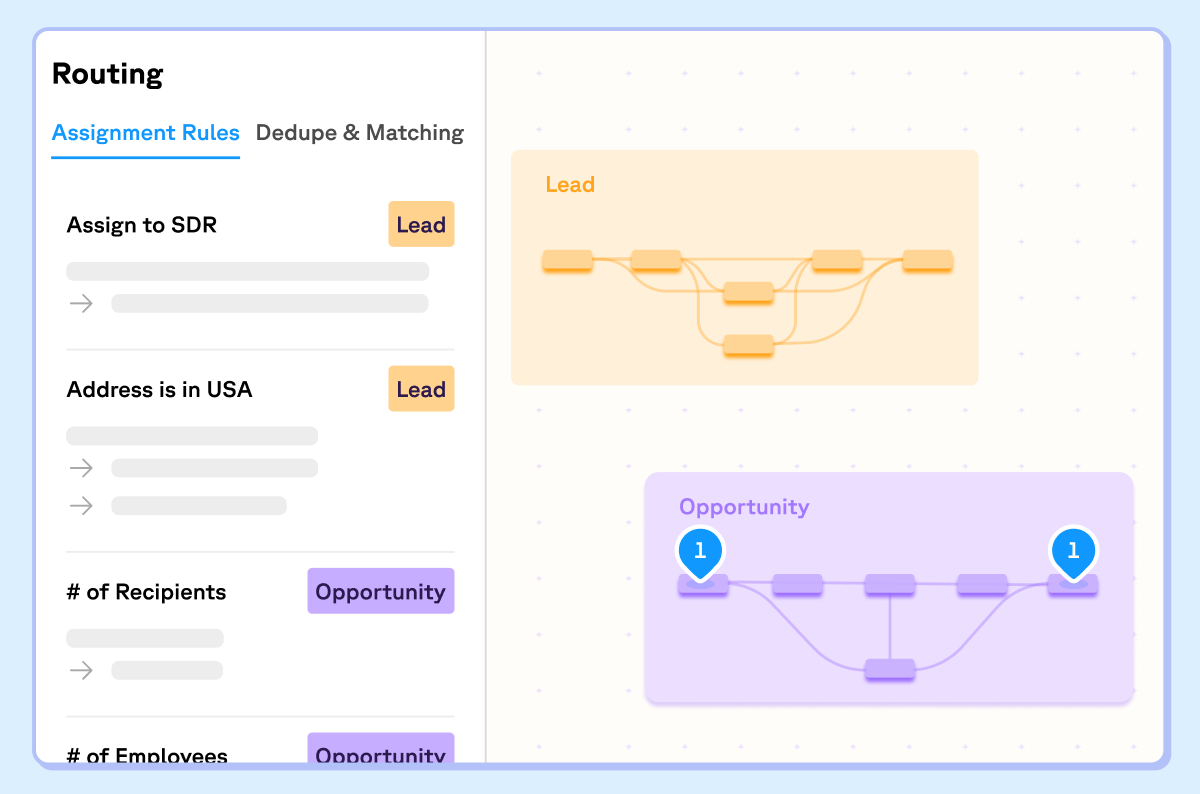
By incorporating Sweep into your RevOps toolkit, you empower your team to conquer the Salesforce backlog. The combination of intuitive automation, clear workflow visualization, and effortless documentation creation allows your RevOps team to operate at peak efficiency, transforming your backlog from a burden into a springboard for continuous improvement.

